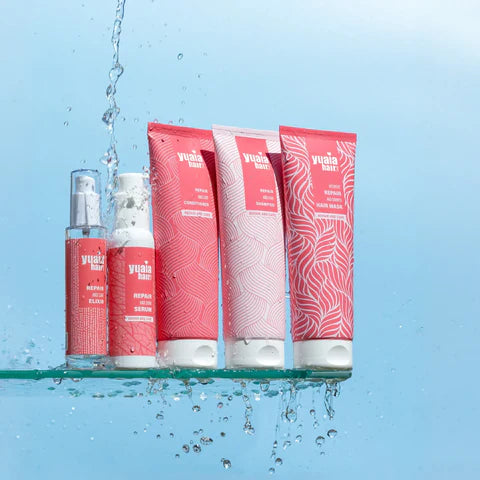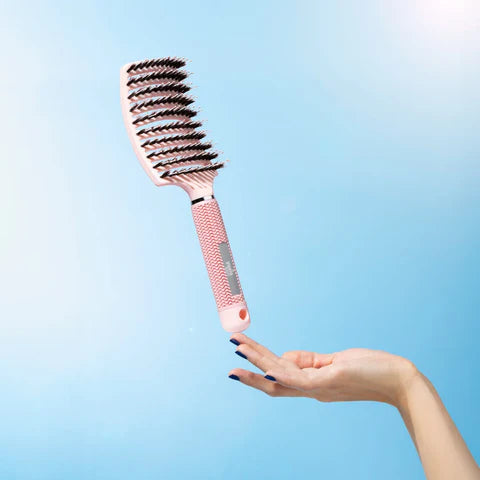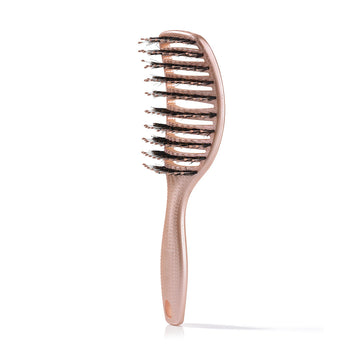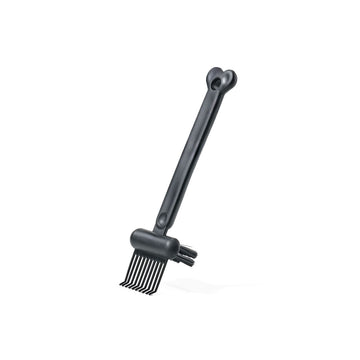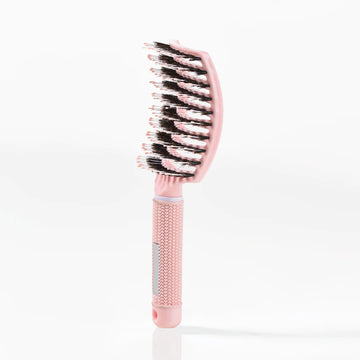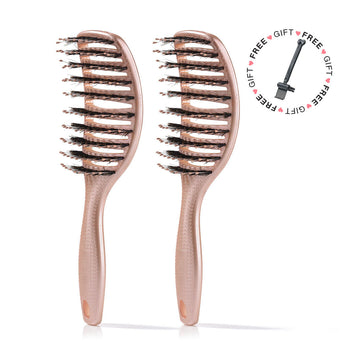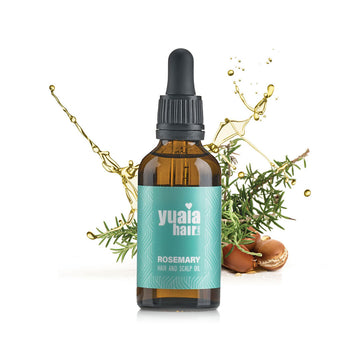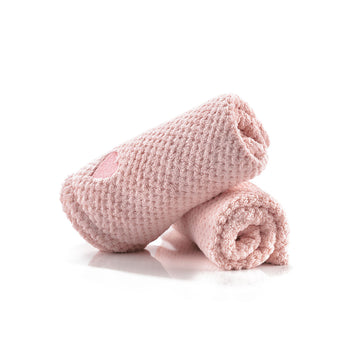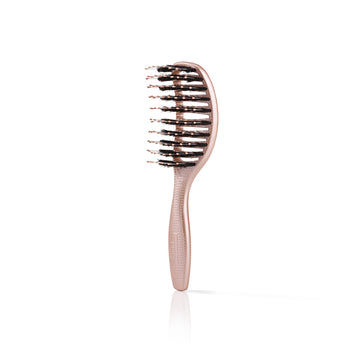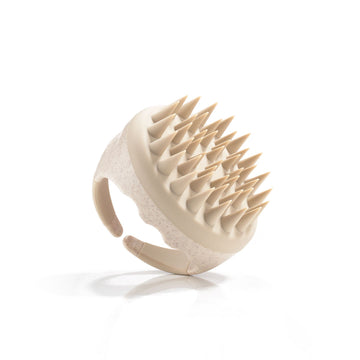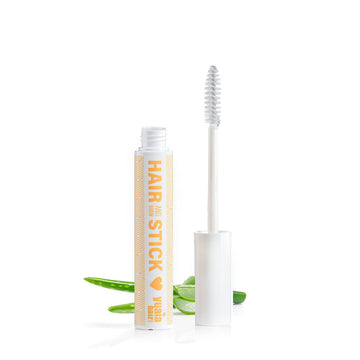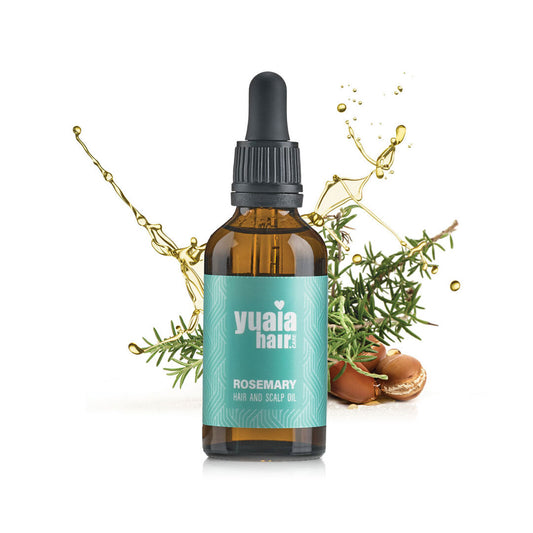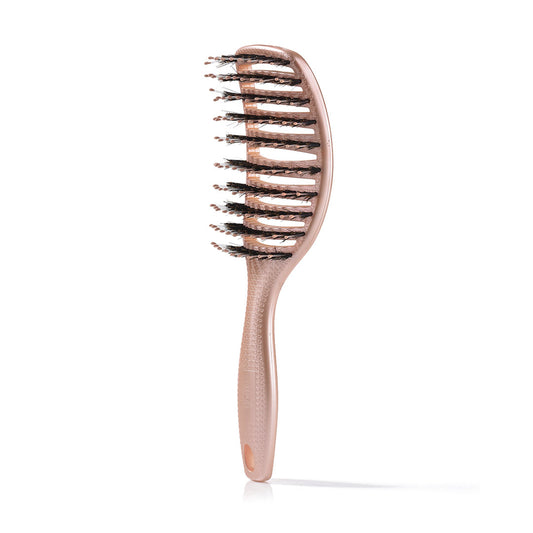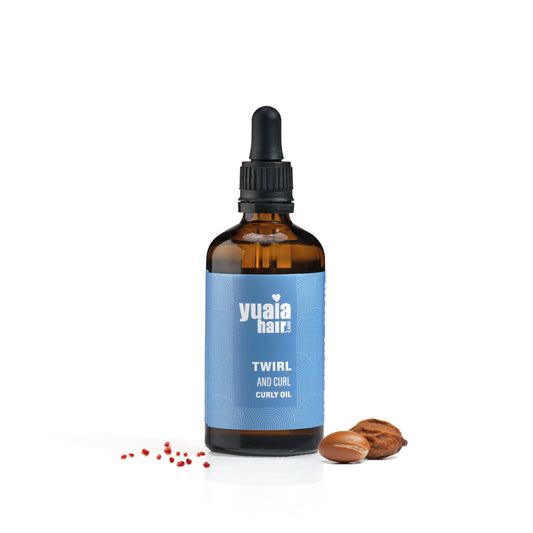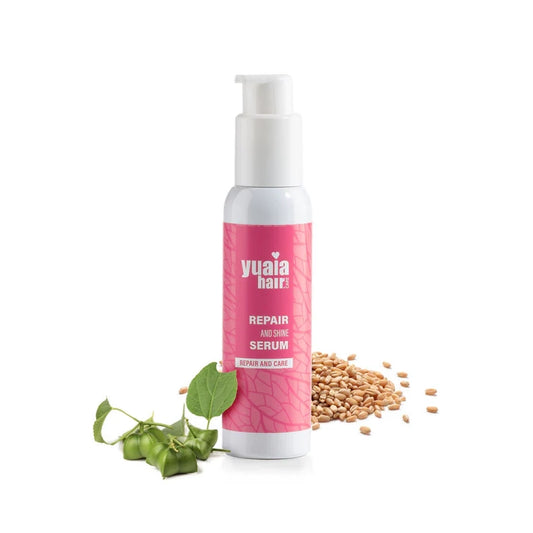
Understanding hair's needs
Different hair types and styles have varying needs when it comes to trimming frequency. For instance, curly hair may require more frequent trims to maintain its shape and prevent frizz, while straight hair might need less frequent attention. Regardless of hair type, regular trims are an important part of overall hair maintenance and health. They help remove damaged ends, promote growth, and ensure your hairstyle remains fresh and defined.
Recognizing split ends: The most common indicator
Split ends are one of the most obvious signs that your hair is in need of a trim. They occur when the protective outer layer of the hair cuticle is damaged, causing the hair to split into two or more parts. If left unchecked, split ends can travel up the hair, leading to further breakage and damage. Regular trims are essential to remove these damaged ends and prevent them from compromising the health of your hair. By addressing split ends promptly, you can maintain smoother, healthier hair.
Dry, frizzy, or rough ends: A textural warning
Changes in your hair's texture can also signal the need for a trim. Dry, frizzy, or rough ends often indicate that your hair is overdue for a cut. These textural changes can be caused by environmental factors, heat styling, or simply the natural wear and tear that hair experiences over time. Trimming the ends can help restore a smoother texture and reduce frizz, giving your hair a more polished appearance. For those struggling with frizz, using our rosemary oil in your routine can provide additional moisture and shine, helping to manage unruly ends between trims.
Loss of hair shape or style: When your cut loses its edge
When your hairstyle starts to lose its shape and definition, it's a clear sign that you need a trim. This is especially true for styles that rely on precise cuts, such as bobs or layered looks. As your hair grows, the original style can become distorted, leading to a less polished appearance. Regular trims help maintain the integrity of your hairstyle, ensuring it looks fresh and defined. By keeping up with trims, you can enjoy a style that complements your features and personal style.
Increased tangles and snags: A sign of damage
Frequent tangling and snags, particularly at the ends, are often indicators that your hair is damaged and in need of a trim. Tangles can occur when the ends become rough and uneven, making it difficult for hair to glide smoothly. This not only leads to frustration but can also cause further breakage if not addressed. A regular trim helps remove these damaged ends, reducing tangling and promoting healthier hair. To help manage tangles between trims, consider using a boar bristle brush, like our curvy brush, which can gently detangle and distribute natural oils for added shine.
Limp, flat, or dull hair: When volume and shine disappear
If your hair lacks its usual bounce and shine, it might be time for a trim. Overgrown and damaged ends can weigh down your hair, making it appear limp and lackluster. Trimming these ends can help restore volume and vibrancy, giving your hair a fresher and more lively look. Regular trims not only enhance the appearance of your hair but also contribute to its overall health, allowing it to reflect light better and appear shinier.
Difficulty with curl formation: A curly hair challenge
For those with curly hair, maintaining curl definition can be a constant battle, especially when the ends are damaged. Damaged ends can cause curls to lose their shape and spring, making styling more challenging. Regular trims are essential for keeping curls looking their best, as they remove the damaged parts that weigh curls down. Embracing a consistent trimming schedule can help maintain healthy curls, ensuring they remain vibrant and well-defined.
Thinning or breaking ends: Addressing weakness
Thinning or breaking ends are clear indicators of accumulated damage in your hair. When the ends begin to thin out or break, it suggests that the hair fibers have weakened over time. This weakening can result from various factors, including over-styling, chemical treatments, or environmental stressors. Regular trims are vital in preventing further damage, as they eliminate the weakest parts of the hair, allowing healthier strands to flourish. By prioritizing trims, you can strengthen your hair and reduce the risk of breakage.
Listening to your hair's needs
Your hair communicates its needs through various signs, and it's important to pay attention to these signals. Regular trims should be an integral part of your hair care routine, helping to maintain its health and appearance. By scheduling trims as needed and addressing issues like split ends, dryness, or loss of style, you can keep your hair looking its best. Using quality products that support hair health, such as our rosemary oil, can also enhance your hair care routine, providing nourishment and shine between trims.
Frequently asked questions
How often should I get a trim?
The frequency of trims depends on your hair type, style, and overall health. Generally, every 8–12 weeks is recommended for most hair types, but those with highly stylized cuts or specific hair health goals may need more frequent trims.
Can trims really prevent hair damage?
Yes, regular trims help prevent hair damage by removing split and damaged ends before they can worsen. This practice helps maintain the overall health of your hair, reducing the risk of breakage and promoting a smoother texture.
What are the best ways to maintain hair health between trims?
Maintaining hair health between trims involves using nourishing products, minimizing heat styling, and protecting your hair from environmental damage. Using a gentle brush, like our curvy brush, can help distribute natural oils and manage tangles effectively.
How do I know if my hair type requires more frequent trims?
Hair types that are prone to dryness, frizz, or damage, such as curly or chemically treated hair, may benefit from more frequent trims. Observing your hair's behavior, like increased tangling or loss of shape, can also help determine if more regular trims are needed.
 2-4 day UK delivery
2-4 day UK delivery
 25.000+ satisfied customers
25.000+ satisfied customers
 Satisfaction Guarantee
Satisfaction Guarantee



